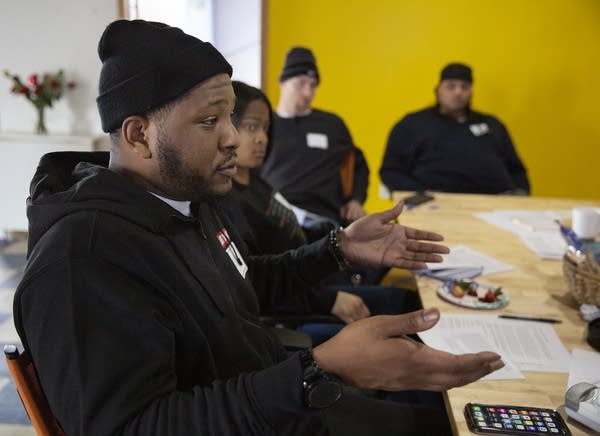The census counts prisoners, but who benefits?

The 400-plus prisoners locked up now in the maximum security prison at Oak Park Heights aren’t eligible to vote in this year’s elections, but they still may play an outsized role in local politics — thanks to the 2020 census.
Prisoners have always been included in the federal census, which counts them as residents of the town where they’re behind bars.
In Minnesota and other states, however, there’s a movement to rethink that and instead consider a prisoner’s last address as their official home. With Minnesota state political boundaries set to be redrawn next year using the 2020 census data, such a move could mean a significant change for some towns and neighborhoods.
Prisoner allocation needs to be in the discussion of representation and equity during the coming state redistricting, said state Rep. Raymond Dehn, DFL-Minneapolis, co-author of a recently introduced bill that would change Minnesota law and count prisoners using their last known address.
Create a More Connected Minnesota
MPR News is your trusted resource for the news you need. With your support, MPR News brings accessible, courageous journalism and authentic conversation to everyone - free of paywalls and barriers. Your gift makes a difference.
Dehn introduced a similar bill in 2015 that went nowhere. Still, the issue has caught the attention of some activists who believe neighborhoods with high incarceration rates end up unfairly underrepresented because those residents are in prison somewhere else.
Communities pay a price for undercounting and the mistrust in government it creates, said Mónica Hurtado, the racial justice and health equity organizer for Voices for Racial Justice, a Minneapolis-based nonprofit working to help historically undercounted racial groups and immigrant populations participate in the 2020 census.

A recent NPR new story examining the issue in Wisconsin concluded: “In many cases, rural, predominantly white towns see their population numbers boosted by population counts from prisons disproportionately made up of black and Latinx people.”
The story also cited a Villanova University study that found a "substantial likelihood" that Philadelphia would gain an additional majority-minority Pennsylvania Statehouse district if the state’s prisoners were counted as residents of their last known addresses.
Wanda Bertram of the Massachusetts-based Prison Policy Initiative calls the circumstance “prison gerrymandering.” The prisoner’s hometown or neighborhood loses representation and prisoners in most states, including Minnesota, can’t vote. That can make a huge difference in a small district, she added.
Since 2001, seven states have passed laws reallocating prisoners to their previous residences for redistricting, according to the Prison Policy Initiative.
While that kind of change might benefit some neighborhoods, however, it also comes at a cost to prison towns.
Oak Park Heights and the city of Bayport would likely suffer a loss in resources if the combined prisoner populations of around 1,900 at two prisons, including Stillwater, were reallocated, said Washington County Commissioner Gary Kriesel.
"These are small communities, and changes like this can have a significant impact on their ability to maintain infrastructure and things like that,” he said.

Hurtado and her colleague, Kevin Reese, note that north Minneapolis, where they live, has struggled for years with people being undercounted or pushed out.
Despite obvious growth, they say north Minneapolis was down at least 7,000 people in the 2010 census compared to 2000, which they say has amounted to millions of dollars in resources lost in their community the past 10 years.
While the state demographer’s office says that kind of drop is the product of many factors, undercounting in low-income neighborhoods is always a challenge for the census, which begins April 1.
During a recent informational session about the census with former prisoners, Hurtado said she was shocked to see how little anyone in the group of mostly former prisoners knew about the census.

Reese was not shocked. Reese, 33, has spent his adult life in Minnesota state prisons. It wasn't until he was released this summer that he began to learn about the census from Hurtado.
Reese, who works with Hurtado now as a prison justice organizer, said he skipped filling out a census form when he was in prison in 2010 because he didn’t know anything about it and assumed the government would use the data collected against him in some way. He’s since learned that’s not the case.
“I want to be free,” he said, “and one of the first steps is information and understanding.”
Correction (March, 2, 2020): An earlier version of this story misstated the title of Monica Hurtado.